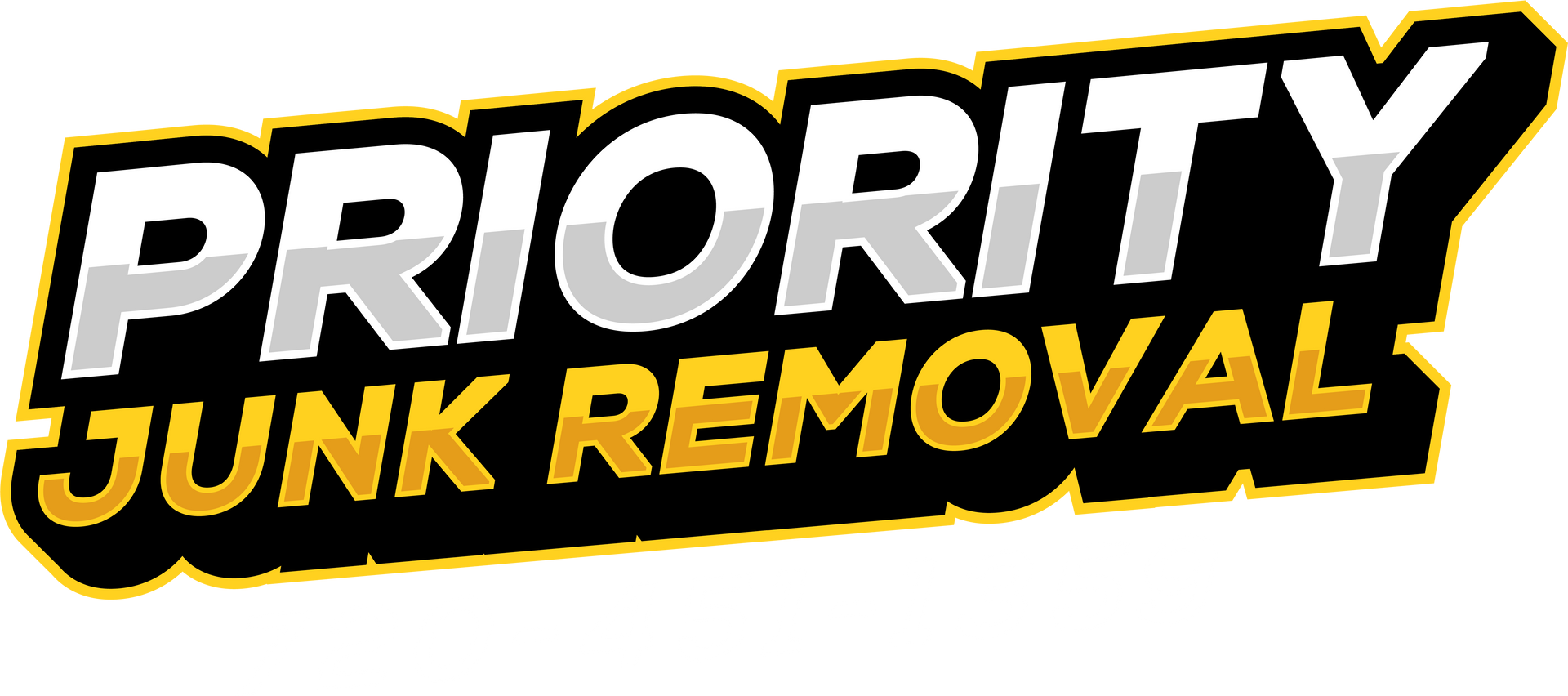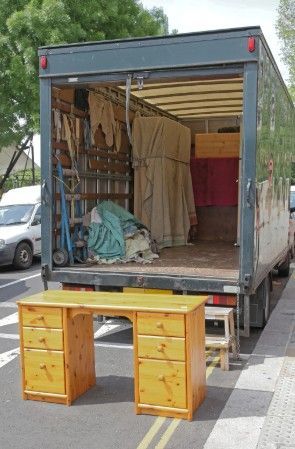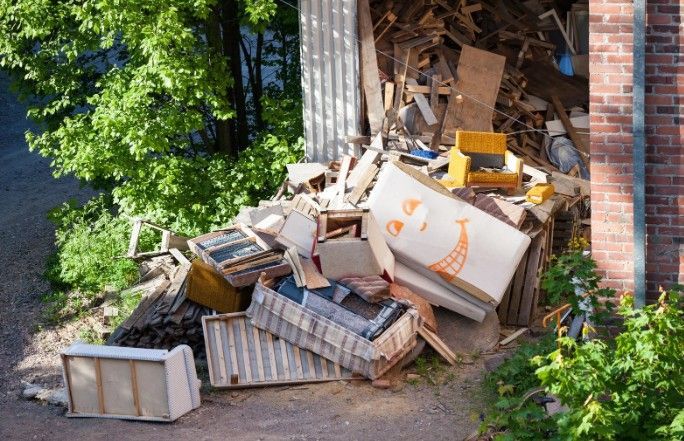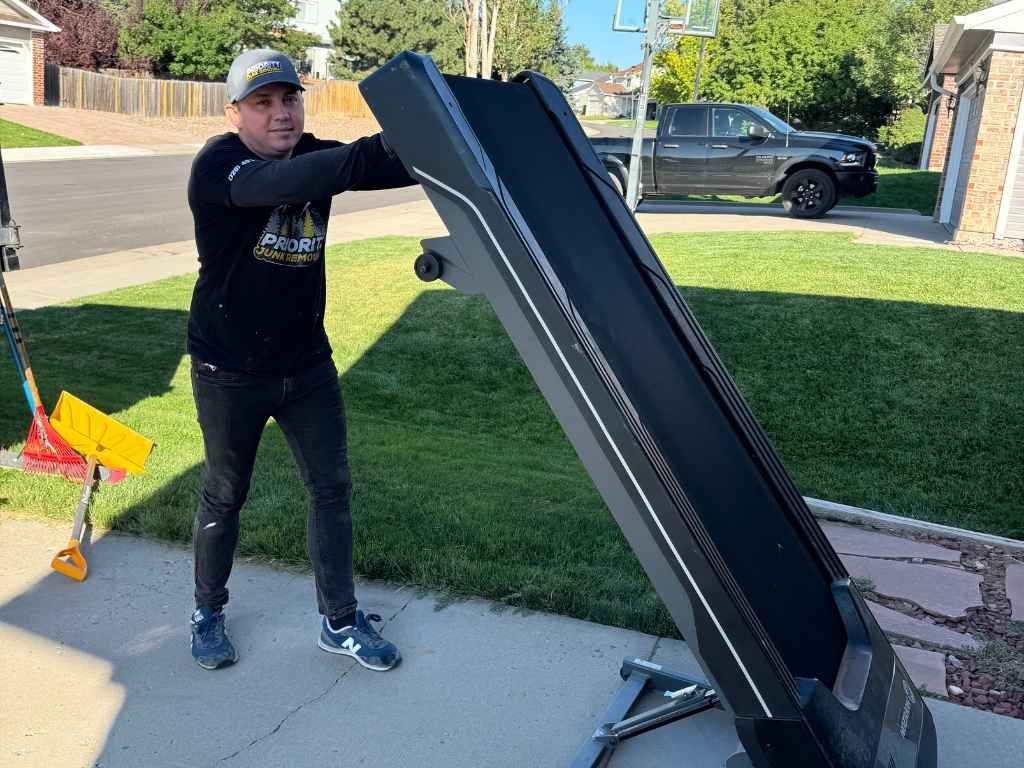How to Handle a Full Office Cleanout Before Relocation
Relocating an office is more than just packing boxes and moving furniture. It’s an opportunity to declutter, refresh, and make sure your new space reflects your company’s values and vision. Handling a full office cleanout before relocation is a critical step in the moving process that many businesses often overlook. A well-managed cleanout ensures that you leave behind only what is essential and that your new office environment is organized, functional, and ready to welcome employees. In this guide, we will walk you through the essential steps of a successful office cleanout, providing useful insights to make the process smoother, less stressful, and more efficient.
Understanding the Importance of an Office Cleanout
An office cleanout isn’t just about getting rid of old furniture and outdated equipment—it’s a strategic opportunity to refresh your workspace and streamline your business operations. When you’re moving offices, you don’t want to carry unnecessary clutter with you. Transporting items that no longer serve a purpose can drive up moving costs and complicate the transition. A well-organized cleanout helps you identify what’s essential, discard what’s not, and ensure that your new office environment reflects your company’s current goals and future direction. This process creates a cleaner, more productive workspace where your team can focus without the distractions of old files, broken chairs, or outdated electronics.
Additionally, an office cleanout can save your business time and money. Moving is expensive, and the fewer items you have to transport, the lower the cost. A streamlined office also improves efficiency, making it easier for employees to find what they need and focus on their work. By thoughtfully clearing out the excess, you create a fresh start for your business, setting the tone for a more organized and effective working environment.
Planning Ahead for a Smooth Cleanout

A successful office cleanout doesn’t happen overnight—it requires careful planning and organization. Starting early is key to avoiding last-minute chaos and ensuring a smooth transition. Ideally, you should begin planning the cleanout at least a month before your scheduled move. This allows enough time to sort through all your office items, identify what can be kept, sold, donated, or discarded, and make necessary arrangements for removal. Creating a detailed timeline will help keep everyone on track and prevent last-minute stress.
Assigning responsibilities is another critical step. Office cleanouts are rarely a one-person job, so involve your team to make the process more efficient. Designate specific areas or categories to different teams—one group can handle electronics, another can focus on furniture, and another can manage paper files. This structured approach ensures that no detail is overlooked and prevents the process from becoming overwhelming. By planning in advance and involving your team, you’ll transform what could be a chaotic experience into a smooth and organized transition.
Deciding What to Keep, Sell, Donate, or Discard
Sorting through years of accumulated office equipment and supplies can be one of the most challenging parts of an office cleanout. It’s easy to get sentimental about certain items, but it’s crucial to stay objective and practical. Start with what’s essential—anything that is necessary for daily business operations, such as functioning computers, office furniture, and important files, should be kept. However, just because something worked in your old office doesn’t mean it will fit into your new space. Assess the condition and usefulness of each item before deciding to keep it.
Selling office furniture or equipment that’s still in good condition is a great way to offset moving costs. Online marketplaces, company-wide sales, or reaching out to local businesses can help you find buyers. Donating usable items to local charities or nonprofit organizations is another excellent option, helping you clear out the office while contributing to the community. For items that are broken or outdated, recycling or proper disposal is essential. Old electronics, in particular, require responsible handling to avoid environmental harm. By carefully deciding what to keep, sell, donate, or discard, you’ll ensure that only valuable and functional items make the move to your new office.
Managing Electronic Waste
Handling electronic waste (e-waste) during an office cleanout is essential for protecting both your business’s data and the environment. Office electronics like computers, printers, and fax machines often hold sensitive information and hazardous materials that require careful disposal. Taking the right steps ensures your data remains secure and that harmful components are handled responsibly.
- Back Up Important Data – Before disposing of any office electronics, take the time to back up all important files to a secure location, such as an external hard drive or cloud storage. This helps prevent the loss of valuable business information and ensures you have access to essential data even after getting rid of the devices. A thorough backup also makes transitioning to new equipment smoother and more efficient.
- Wipe Devices Clean – Once the data is backed up, it’s crucial to erase all sensitive information from the devices. Use data-wiping software or perform a factory reset to remove confidential files and business records. This step protects your business from potential data breaches and ensures that no valuable or sensitive information falls into the wrong hands during the disposal process.
- Donate Working Equipment – If the electronic equipment is still functional, consider donating it instead of throwing it away. Schools, nonprofits, and community organizations often need affordable or free equipment. Donating not only helps others but also reduces waste and gives the device a second life. It’s an eco-friendly way to handle e-waste while supporting your local community.
- Partner with a Certified Recycler – For devices that are damaged or no longer functional, work with a certified e-waste recycling company. These professionals have the expertise to dismantle electronics, recover valuable materials, and safely dispose of hazardous components according to environmental regulations. Partnering with a certified recycler ensures that harmful materials like lead and mercury are handled responsibly.
- Use a Junk Removal Service – Many junk removal companies partner with certified recycling centers to make e-waste disposal easy and convenient. A professional junk removal service will handle the heavy lifting and transport, ensuring that all electronics are processed correctly. This takes the hassle out of managing e-waste and gives you peace of mind knowing your devices are being disposed of responsibly.
Hiring Professionals for Office Cleanouts
While you can handle a lot of the cleanout process internally, there are times when hiring professionals makes sense. Removing large furniture, heavy equipment, and bulky electronics requires specialized skills and equipment. A professional junk removal company can manage the heavy lifting, transportation, and proper disposal of unwanted items, saving your team time and energy. They have the experience to navigate tight spaces, manage fragile equipment, and ensure that everything is disposed of according to local regulations.
Professional junk removal services also help with recycling and donation efforts. Many companies have partnerships with recycling centers and charities, ensuring that reusable items are repurposed rather than wasted. This not only reduces the environmental impact of your move but also aligns with corporate sustainability goals. Hiring professionals means you won’t have to worry about how to get rid of that massive conference table or whether the old office chairs can be recycled. They’ll handle the logistics, so you can focus on preparing for your new office space.
Finalizing Your Cleanout
Once the bulk of the cleanout is done, it’s time to focus on the finishing touches. Walk through the old office to ensure nothing important has been left behind. Check storage areas, file cabinets, and desk drawers for overlooked items. Ensure that all waste has been removed and that the space is clean and ready for the next occupant. This is also the time to make sure that any valuable documents, files, and equipment are properly packed and ready to be transported to the new office.
If you’ve hired professional junk removal services, they’ll typically leave the office clean and ready for the next stage of the move. Take a moment to review the new office space and make sure it’s prepared for your team’s arrival. Confirm that all essential furniture and equipment have arrived and are positioned correctly. A clean, organized space sets the tone for a productive and positive work environment. Finalizing your cleanout properly ensures a smooth transition and helps your team settle into the new space with minimal disruption.
Conclusion
Handling a full office cleanout before relocation is no easy task, but it’s a crucial step that will ensure your move is as smooth and efficient as possible. By taking the time to properly sort, sell, donate, recycle, and dispose of unwanted items, you’re not only lightening your load for the move but also setting yourself up for a more organized and functional new office space. For businesses looking to make the process even easier, enlisting the help of a professional junk removal service can ensure that everything is handled swiftly and responsibly.
Whether you're dealing with bulky furniture, outdated equipment, or e-waste, a junk removal company can save you time, reduce stress, and ensure that the cleanout process is as seamless as possible. For more information, or to schedule your office cleanout, reach out to us at Priority Junk Removal, located at 6091 South Spotswood Street, Littleton, Colorado 80120. You can contact us via phone at 720-451-1359 or email at priorityjunkremoval@gmail.com. Let us help you make your office relocation stress-free and organized!











